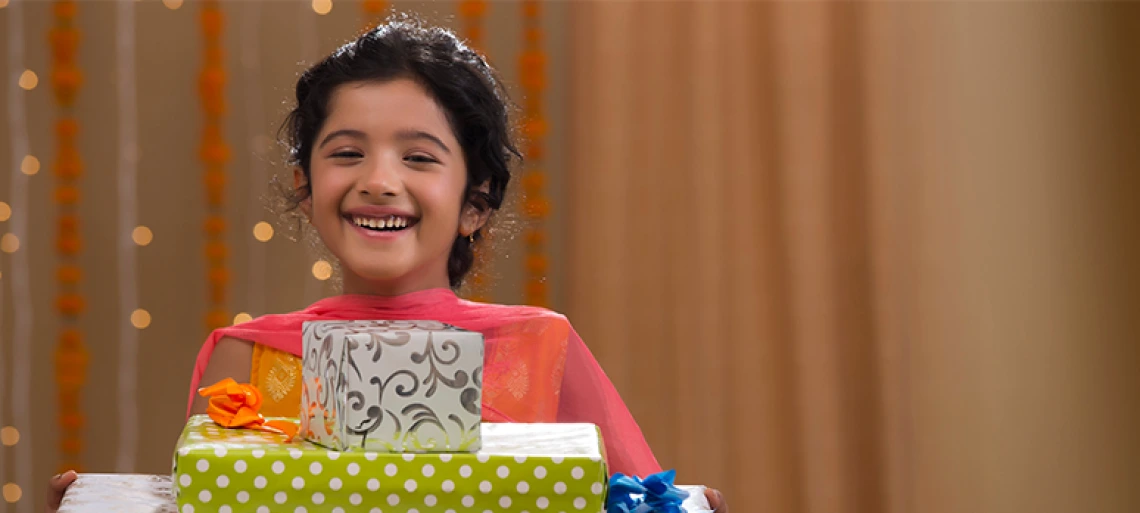
Every year, emergency rooms treat over 200,000 toy-related injuries, and “thousands of children 14 years old or younger each year suffer various forms of eye injury, including blindness, from unsafe toys” (National Public Health Information Coalition -NPHIC).
The holidays are near, and families’ gift-giving will soon reach its peak. During the following weeks, your child(ren) will receive multiple gifts, and you need to be aware that not all of those will be appropriate or safe. No wonder we have toy safety campaigns during November and December.
Prevent Blindness America has designated December as Safe Toys and Gifts Month to raise awareness about the importance of ensuring the safety and appropriateness of gifts given to children. We must verify not only the gifts we buy, but also the ones others give our children, too. More recently, The Toy Association designated November as the Toy Safety Awareness Month.
It is important to remember that the most advertised toy or desired by our child(ren) is not necessarily the best choice. Once we “silence” the noise caused by media – and by our children too – we need to prioritize two aspects: the quality, sturdiness, and safety of the toy; your child’s age, maturity level, and interests.
Quality, Sturdiness, Safety: Inspect all toys before purchasing or as soon as your child receives them. Verify:
- It has no sharp or pointy edges.
- It is sturdy enough to withstand breakage, crushing, or falling apart.
- Labels:
- It should have a safety inspection label from the American Society for Testing Materials (ASTM).
- Warning labels. They notify users of any potential harm that may occur when using the toy in an unintended manner.
- Does not contain lead or other toxic materials. For example, only buy crayons and markers labeled as “nontoxic.”
- It has no small parts that may become choking hazards. If the small piece fits inside a toilet paper roll, the toy is not appropriate for children under the age of three. For example, buttons, magnets, and small batteries are not “locked.”
- If it has ropes, cords, heating elements, or removable pieces.
- Sport equipment also includes the protective gear needed (helmets, knee pads, elbow pads, and/or mouthpiece).
Age, Maturity Level, and Interests: Read the toys’ labels and instructions to verify recommended age, skill level, and appropriate use. Keep in mind:
- The recommended age may not match your child’s maturity level. For example, when buying a bicycle, your child may be older/taller but still need the training wheels.
- The toy should be challenging enough to motivate the child to master new skills, but not too difficult to become frustrated.
- When selecting a toy, consider your child’s preferred learning style – hands-on, visual, highly active, or passive.
- Prioritizing open-ended types of toys to promote critical thinking skills, creativity, and leadership.
- When selecting electronic or video games for older children, look for interactive ones that engage the child in an active role, rather than just passively watching.
Helpful Resources
When selecting a gift for your child(ren) or other youngsters in your family, you can review the “Toy of the Year Awards (TOTY)” list published every year.
To raise awareness of the importance of toy safety, share the CPSC flyer with friends and family. For additional information, visit the CPSC Safety Alerts and Recalls & Product Safety Warnings webpages.
Play Safe (by The Toy Association) offers an age-by-age safe toy buying guide, along with tips to avoid counterfeit toy scams.
Remember…
The best way to keep our children safe is by having a proactive attitude. If you have young children, close supervision and guidance, especially the first few times the child uses the toy, is crucial. With older children, ensure they understand how to use the toy appropriately. If you know that your child can sometimes be “too creative”, let them know the dangers and possible outcomes of using the toy in ways that differ from its intended use.
Accidents may occur; let us minimize the chances by taking the needed steps to select the appropriate gift.

